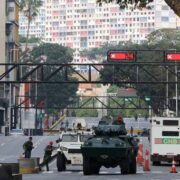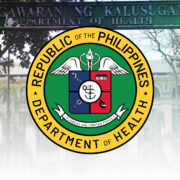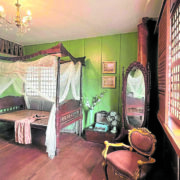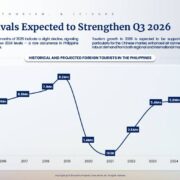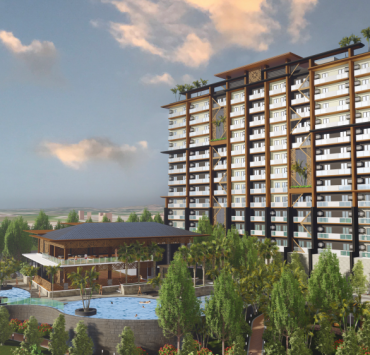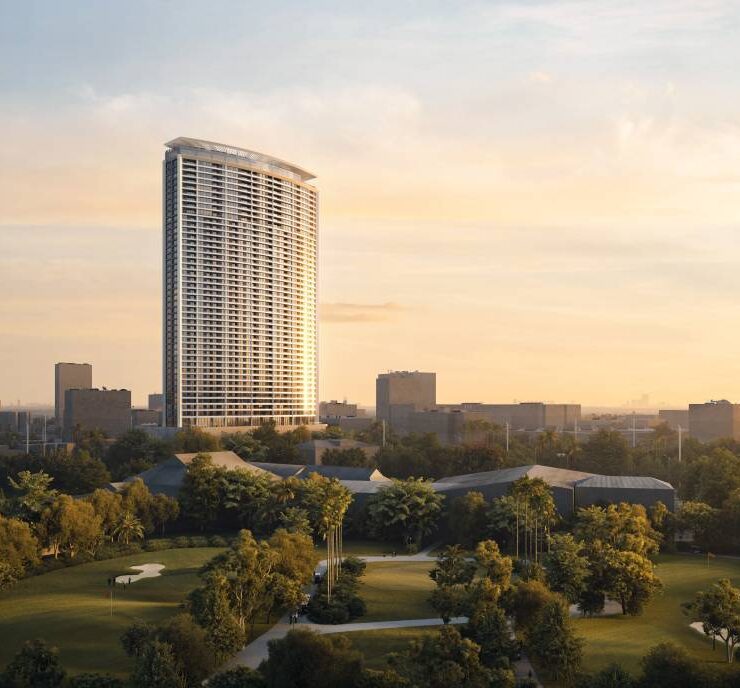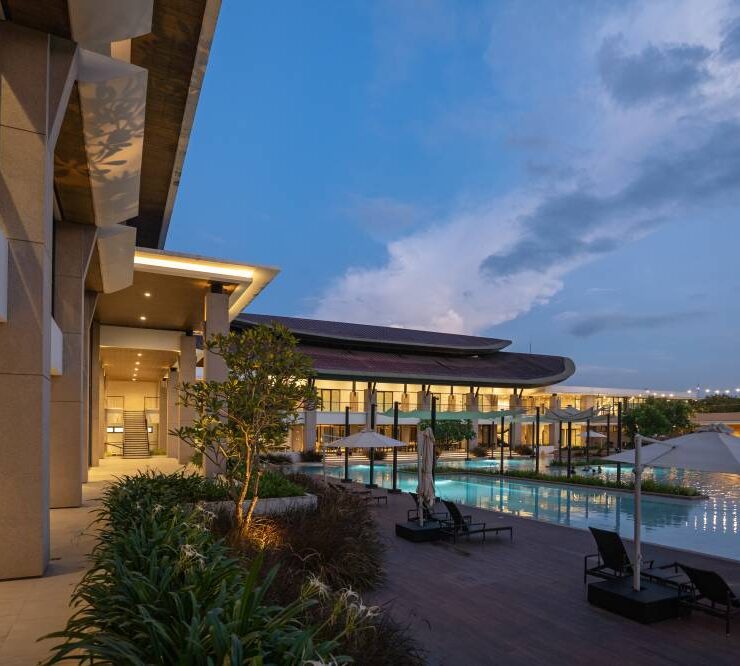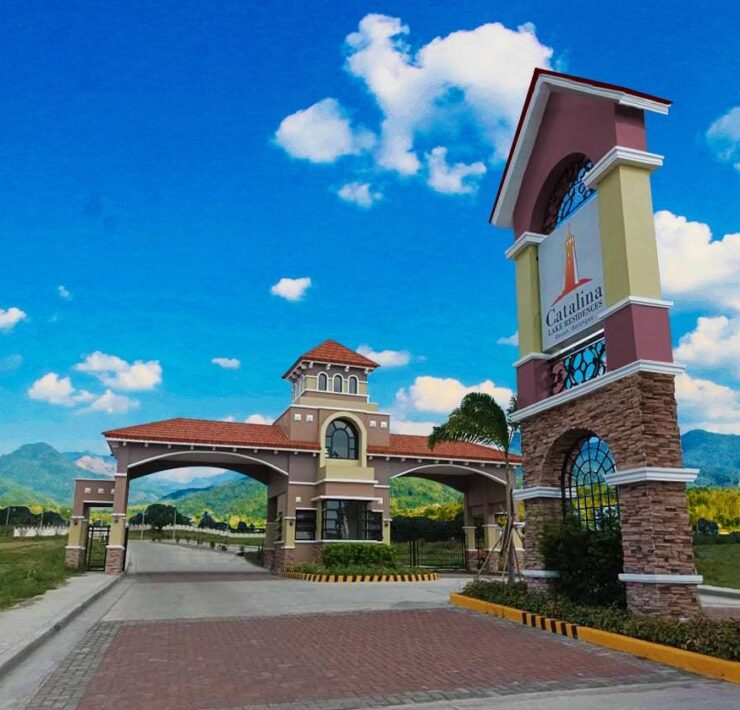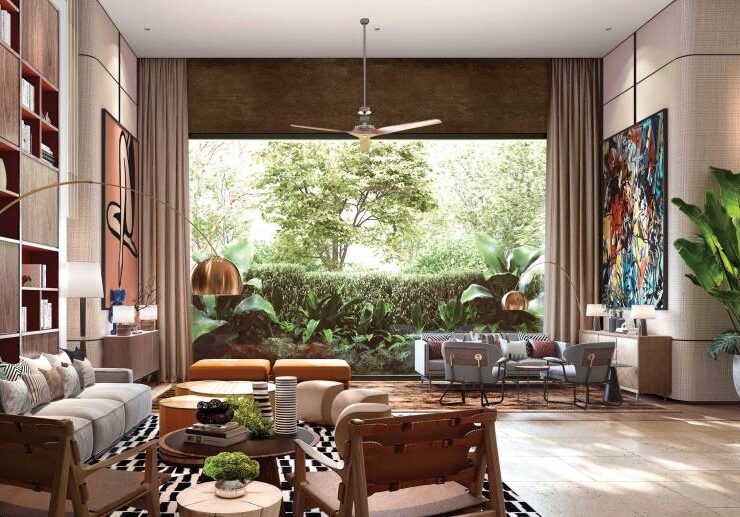Why the 15-minute city is the shining urban ideal

The 15-minute city is a model for urban development and mobility that promotes accessibility, social inclusivity, and sustainability.Cities such as Paris, Portland, Singapore, Melbourne, Dublin, and Rome have adopted elements of this concept, in which all residents can reach daily necessities and essential facilities within a short walk, bike ride, or public commute from their homes.
The ideal is that residents can perform six essential functions—living, work, commerce, health, education, and entertainment—within a 15-minute travel from their homes. When asked how long it takes for you to get to a supermarket or a public park or pharmacy in your city, the answer should be about or less than 15 minutes. Schools, banks, cinemas, and even your workplace should be accessible with that minimal time, too.

Proximity, accessibility
Proximity and accessibility are among the important components of a 15-minute city.
To achieve this, everyday needs and destinations should be made closer and accessible to the residents through well planned infrastructure. In particular, pedestrian-friendly design and cycling infrastructure can form the backbone of the 15-minute city, with interconnectivity and community-focused urban environment keeping this city functioning. Public transport should be made more efficient while reliance on usage of personal cars should meanwhile be lessened.
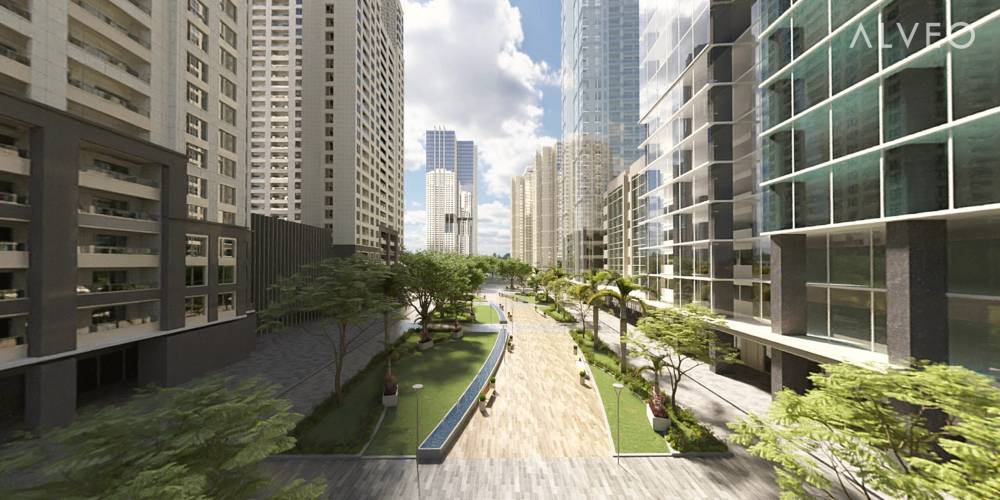
All urban residents, whether living in the center of the city or in the suburbs, must have access to essential services in close proximity. This would need massive spatial decentralization and the development of new services for each neighborhood. Local businesses should be supported and more business ventures should be encouraged to reduce the need for extensive commute.
Flourishing businesses
Local businesses are likewise seen to flourish in a 15-minute city. Melbourne and Dublin, for example, have experienced a renaissance of local councils and local economies as residents prioritize nearby shops and services.
This not only bolsters the economic vitality of complete neighborhoods but also generates job opportunities for city dwellers within the community, strengthening the local socioeconomic fabric.
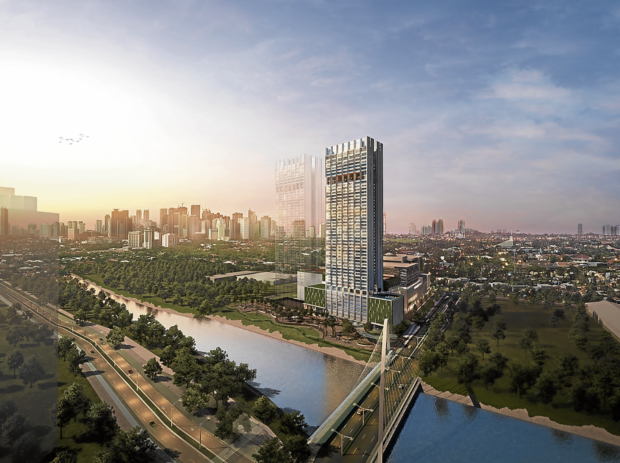
Diversity, inclusivity
Diversity and inclusivity are probably the more complex components in forming a 15-minute city.
With this urban model, the individual needs of the population should all be considered. It is of great importance that urban planners take on an inclusive approach to the diverse groups in society.
By understanding and incorporating the needs and circumstances of different population groups, urban planners and city leaders can create an inclusive and livable 15-minute-city that meets the requirements and desires of all residents.
The approach to this social requirement is to foster equality and a sense of place among residents. All essential resources are equally accessible to all, irrespective of socioeconomic background. Community engagement is important so all necessities are heard and responded to.
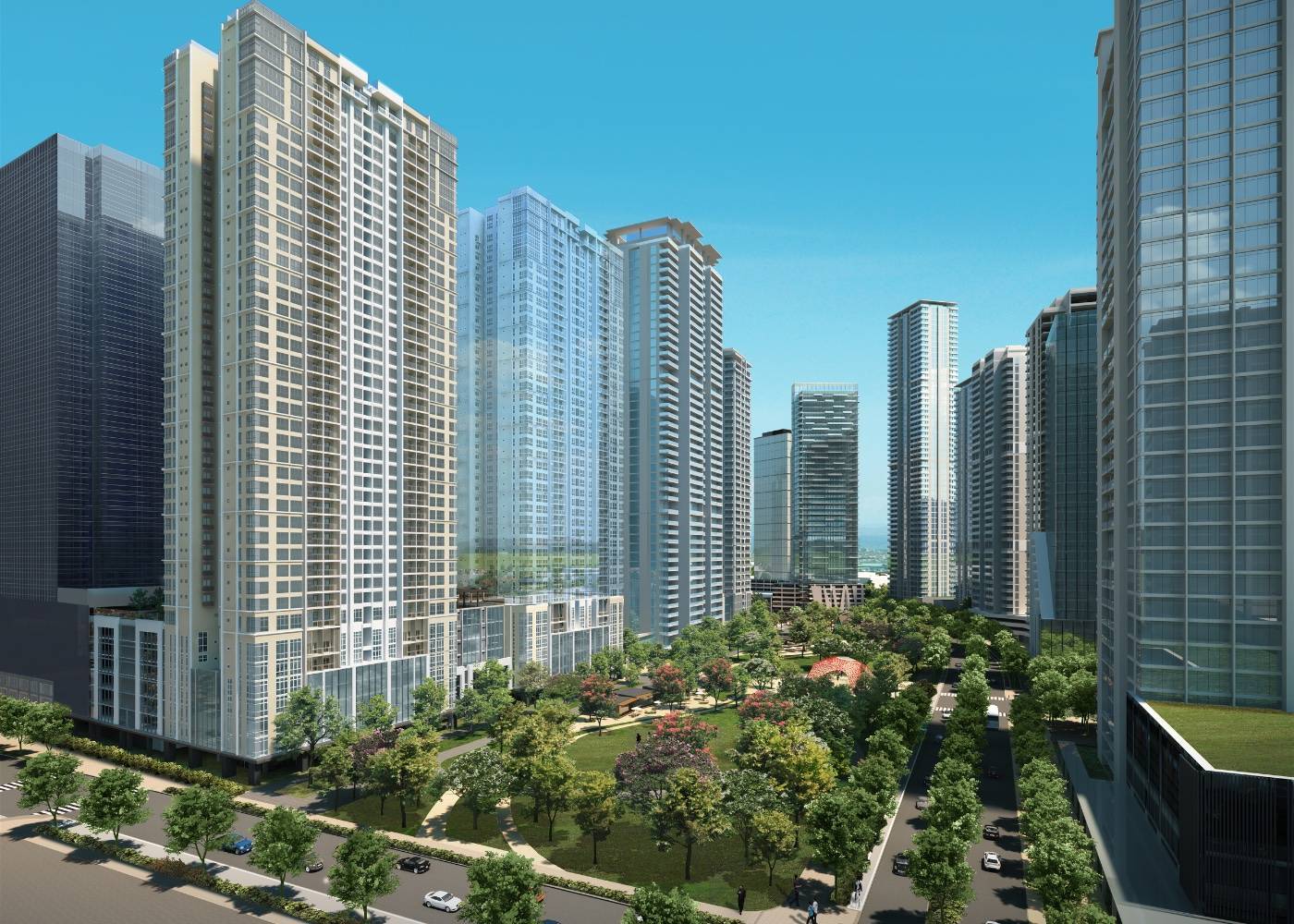
Key takeaway
The 15-minute city model is a transformative urban design that not only reshapes landscapes of busy cities but also offers tangible and multifaceted benefits for its residents and the society as a whole. The ripple effects of this paradigm extend beyond the confines of urban planning, bringing a holistic and harmonious urban experience for residents.
Sources: transformative-mobility.org, designndash.com, plan4better.de



